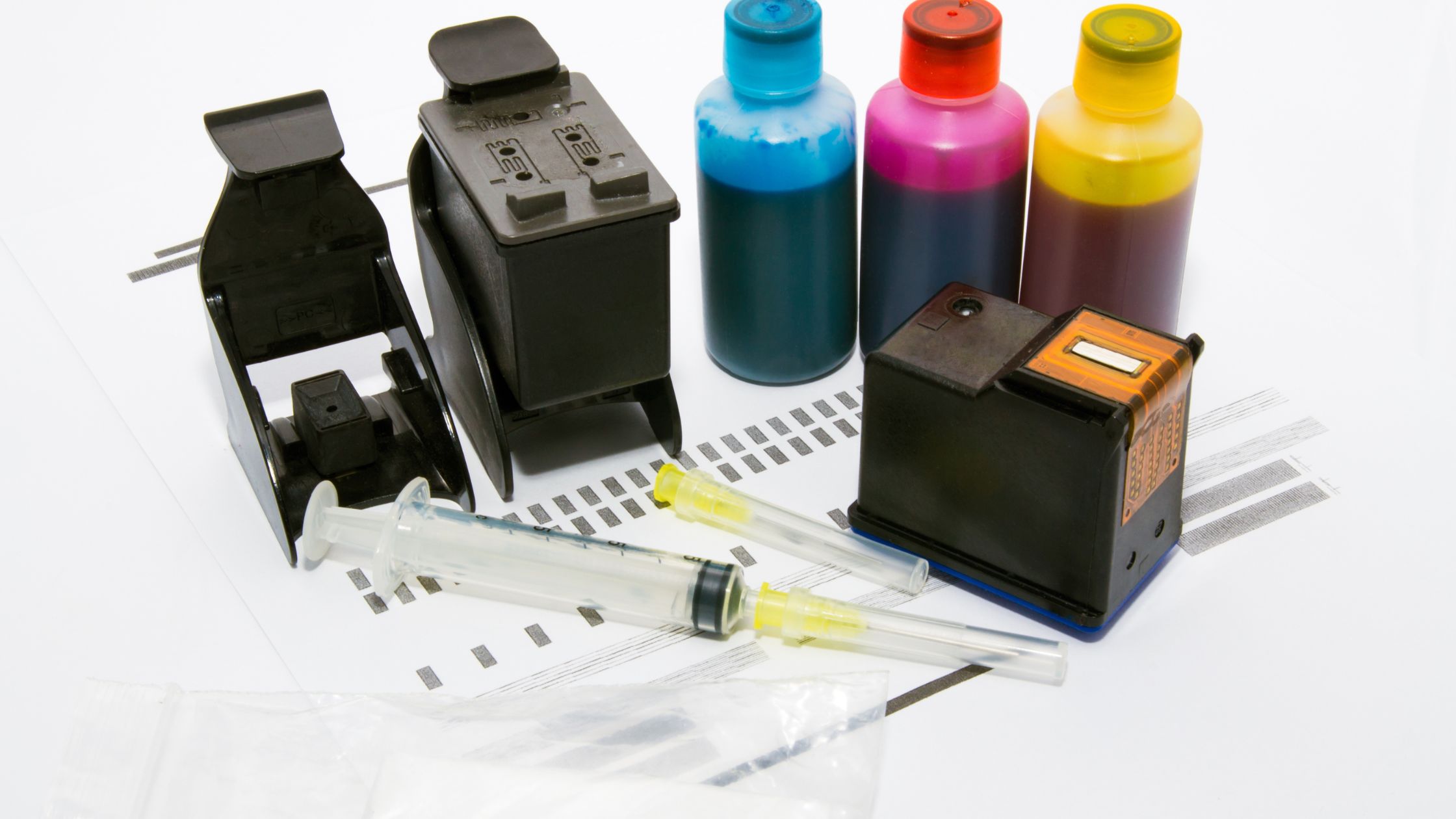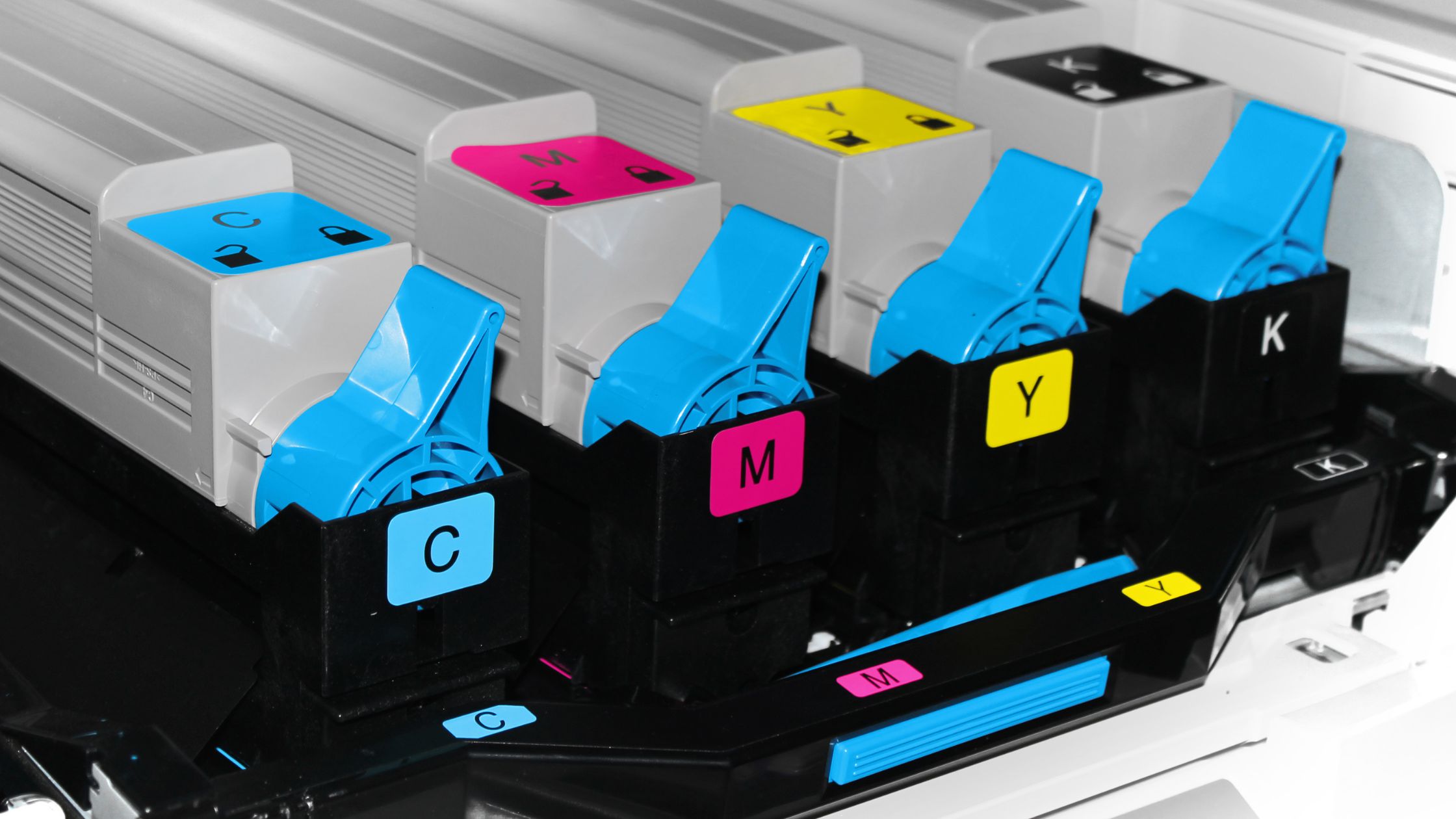Stretch your cartridge life, reduce waste and cut costs. a practical guide for NZ offices
This guide helps New Zealand offices get more out of every toner cartridge. You’ll find strategies from everyday habits and maintenance checks to smart cartridge choices and disposal practices that can help your toner last longer.
Do this right, and your supplies budget will thank you; your environmental footprint will shrink, and your printers will run more smoothly.

Why Bother Stretching Toner Life?
Toner isn’t cheap. Replacing cartridges often takes a steady toll on budgets.
But there’s also another side to it: every cartridge you squeeze more life from means less waste and fewer resources going to landfill.
In short, it’s good for your bottom line and good for the planet.
With smart habits and choices, you can reduce toner use without sacrificing print quality.
At BDL, we work with many NZ businesses. We’ve seen that small changes compound fast. This article shares what we’ve learned and what we teach our clients to make toner last longer.
Toner vs Ink: A Quick Primer
Before digging into tips, here are a few basics:
- Toner is a fine powder used in laser printers. It’s fused onto paper with heat and pressure.
- Ink is liquid, used in inkjet printers, and sprayed onto the page.
If you confuse the two or use the wrong consumables, you’ll see waste, poor print quality or even damage.
Always check your printer’s specifications or the label inside the device to see which cartridge type it requires.
Smart Printing Habits That Save Toner
These habits are the low-hanging fruit. They’re easy to adopt, and the savings come fast.
Use “Toner Save”, “Draft” or “Eco” Mode
Many office printers offer a lighter print mode under quality or preferences settings.
It reduces the amount of toner laid down. Use it for internal documents, meeting notes, draft copies, and memos. Reserve “Best Quality” for client-facing reports or final copies.
Print in Greyscale / Black & White When Possible
Colour cartridges tend to run out faster and cost more. If colour isn’t needed, switch to greyscale. Some drivers even allow forcing “black only” as a default setting.
Avoid Heavy Graphics & Solid Fills
Dark backgrounds, solid large shapes, heavy shadows, and full-page images eat toner fast. Use lighter fills or white space where possible. If a logo can be lighter or simplified, do it.
Batch Your Print Jobs
Sending several small prints in rapid succession can force the printer to warm up, use cleaning cycles or restart internal routines. Group your tasks so the printer stays in a “warm” state and uses less extra toner.
Use Print Preview & Proofread Carefully
Misprints waste toner. Always preview, check margins, and cut out unnecessary pages or elements before printing.

Printer Copier Maintenance & Handling Tips to Prevent Toner Loss
Even with smart habits, improper handling or neglect will waste toner or damage cartridges. Here’s what your office should do regularly:
1. Keep It Clean
Dust, debris and loose toner particles can interfere with your cartridge. Use a dry, lint-free cloth to gently wipe around cartridge slots, rollers and internal paths. Don’t use liquids unless the manufacturer explicitly allows it.
2. Shutdown Properly
Always use the printer’s power button to shut it down. Cutting the power abruptly can leave parts misaligned or cause toner spillage.
3. Check for Leaks or Powder Buildup
If you see toner dust accumulating near or under cartridges, pause and inspect. That could indicate a worn seal or misalignment that needs addressing.
4. Insert and Handle Cartridges Carefully
Hold the cartridges level, by the edges, not tipping or shaking aggressively. Slide them gently into place using alignment marks. Don’t force them; if resistance occurs, stop and check orientation.
How to Store Spare Toner Cartridges?
Many offices keep a spare stash. How you store them affects how usable they remain.
- Store in Cool, Dry, Dark Conditions: Extreme heat, humidity or sunlight degrade toner. A controlled cupboard (without direct sunlight or damp) is ideal.
- Keep Cartridges Upright, in Original Packaging: That helps preserve seals and prevents settling of the powder. Don’t remove packaging until just before use.
- Use Oldest Stock First (FIFO: First In, First Out): Always rotate your spares so you don’t end up with cartridges expiring before use.
- Inspect Before Use: If a cartridge feels lumpy, has loose powder rattling inside, or produces streaks right away, it may be degraded. Avoid forcing it into service.
Choosing the Right Cartridge & Replacement Timing
High Yield vs Standard Cartridges
High yield (XL) cartridges hold more toner and print more pages. They cost more upfront, but usually offer a lower cost per page. For busy offices, they’re often the better bet.
Branded / OEM vs Remanufactured / Compatible
Remanufactured or compatible cartridges can be cost-effective; some NZ firms report savings of 30-40 % over OEM options. But quality varies, and some firmware updates may block them.
Choose reputable suppliers and check warranty policies.
Recognise When Replacement Is Because of Wear, Not Just Toner
If print quality drops, streaks appear, or internal parts wear out, changing the cartridge may not help. Sometimes wear on drums, rollers or fuser components causes issues.
Don’t Replace Too Early
If your printer warns “low toner,” check with a test print or estimate remaining pages. Sometimes there’s usable toner left. Replacing too early wastes what’s left.
Why BDL Copiers Adds Value
We don’t just sell printers or toner at BDL. We support you to get better results. Here’s how:
- Premium, quality-assured consumables to reduce failure, waste or compatibility issues
- Routine service & maintenance to clean internal parts, align rollers and prevent leaks
- Consumables planning & alerts, so you never rush to replace mid-job
- Recycling & disposal programs to ensure used cartridges leave your office responsibly
If you ever want a free toner audit or for us to recommend optimal settings for your printer model. Get in touch
Conclusion & Next Steps
By combining smart printing habits, proper maintenance, wise storage and good cartridge choices, your office can get far more from each toner.
You’ll lower costs, reduce waste, and keep your workflows smoother.

